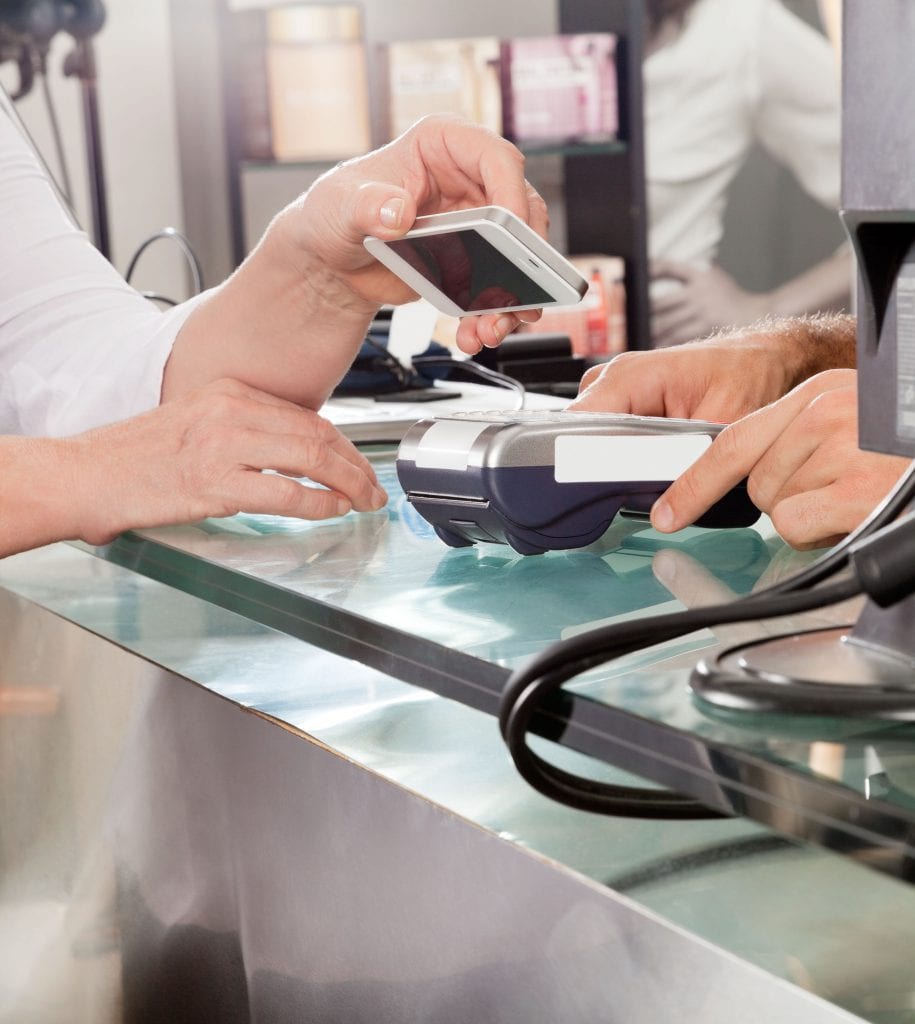A trip to the automated teller machine won’t get any easier next week for millions of vision-impaired Americans who were supposed to get relief from the banks and other companies that operate them. ATM operators have until March 15 to make the devices accessible to customers who are blind or visually impaired. But banks and analysts say many of the country’s cash machines are unlikely to be ready in time.
“More than half of the nation’s ATMs still have either subtle or significant [Americans with Disabilities Act] compliance issues,” said Sam Ditzion, chief executive of Tremont Capital Group Inc., a Boston advisory firm that specializes in the ATM industry. Tremont estimates there are 409,000 ATMs in the U.S.
The rule is part of a 2010 update to the landmark 1990 ADA. The revised law requires that ATMs be equipped with speech-enabled technology, headset jacks and other items so visually impaired customers can use the machines without assistance.
But the passing deadline means a basic errand may remain difficult for the estimated 10 million Americans who are blind or visually impaired. And because the Justice Department investigates infractions only when consumers complain, some ATM operators that miss the deadline likely won’t face punishment.
“It is absolutely unacceptable that at this late date there are hundreds of thousands of ATMs that are still not accessible to blind people,” says Chris Danielson, a spokesman for the National Federation of the Blind.
Most banks aren’t completely ignoring the rules. Many have set plans to upgrade machines but are running behind schedule, thanks in part to a demand surge that has added weeks to order backlogs at some makers of cash machines.
The ATM Industry Association said its members should “honor the requirements and spirit of the new ADA regulations.
“We want all cardholders to feel at ease using ATMs, which have become such an indispensable feature of modern life,” said Mike Lee, chief executive of the trade group.
Older ATMs operated by regional banks, community institutions and credit unions, along with the cash machines in bars, restaurants and convenience stores that often are owned by firms other than banks, are most likely to run afoul of the new rules.
Financial pressures and order backlogs are the main reasons for delays among smaller banks and credit unions. They already are struggling with rising regulatory costs and low interest rates that crimp profits.
Many of these banks have clung to old equipment that can’t be easily upgraded to meet the new rule. Some of these machines still have the old-style green-and-black screens or buttons next to the screen instead of more modern touch screens.
These banks must purchase new ATMs, or take them out of service altogether. Models that dispense cash and accept deposits typically cost about $30,000 each, according to industry executives. New machines typically use a Windows-based system that has software available to provide speech technology.
While there are different categories of ATM owners and operators, including FIs, outsourcing firms, and independent ATM deployers, each should have a plan in place to meet the ADA requirements.
This makes sense for a variety of societal reasons, but should also make sense for business reasons. Upgraded ATMs offer improved functionality and convenience. And for those ATMs that are upgraded to touchscreen models, particularly those of intelligent deposit design, even further efficiencies are possible, including reducing the workload for tellers in the branch channel and customer service representatives in the call center channel.
Click here to read more.
